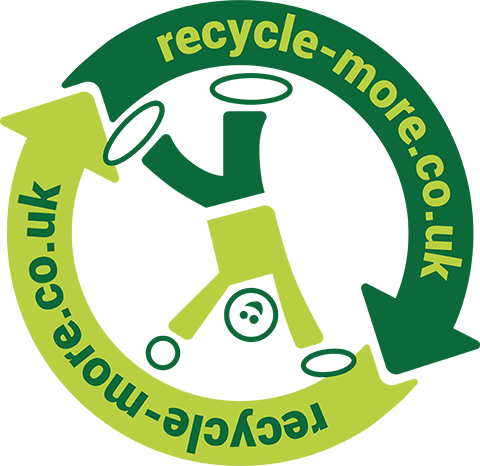
Water
Water
Water covers three quarters of the earth's surface. Seas and oceans represent 97% of all the water in the world, whilst 2% is imprisoned in glaciers. This means that less than 1% of all the world's water is contained in the rivers, lakes and ground water available to supply human requirements.
The distribution of fresh water throughout the world is very unequal. Africa suffers from a shortage of water whereas 60% of all fresh water is divided between only ten countries.
Problems and challenges
Population increases, industry and agriculture all exacerbate the pressure on our fragile reserves of water. Rivers and lakes are sometimes transformed into "open-air drains". The various types of water pollution have devastating consequences on the environment and on health, causing millions of deaths every year worldwide.
The impact of water usage is paradoxical, as in the regions of the world with plenty of water, a lot of money has to be spent to make it drinkable! Water has become a real commodity. Although it is a shared resource, it can become a source of conflict. The UN has compiled a list of more than 300 trouble spots over water worldwide. "The battle for water" is a term that is becoming increasingly common.
Project ideas
- Carry out a landscape study of the local area to locate the water sources (visible or invisible), and look at the idea of water-related land management
- Go dipping for small water organisms in order to find out more about these creatures
- Examine and discuss the idea of water quality
- Build a model representing the water cycle
- Visit a water treatment site, look at the problem of managing the waste from water treatment






